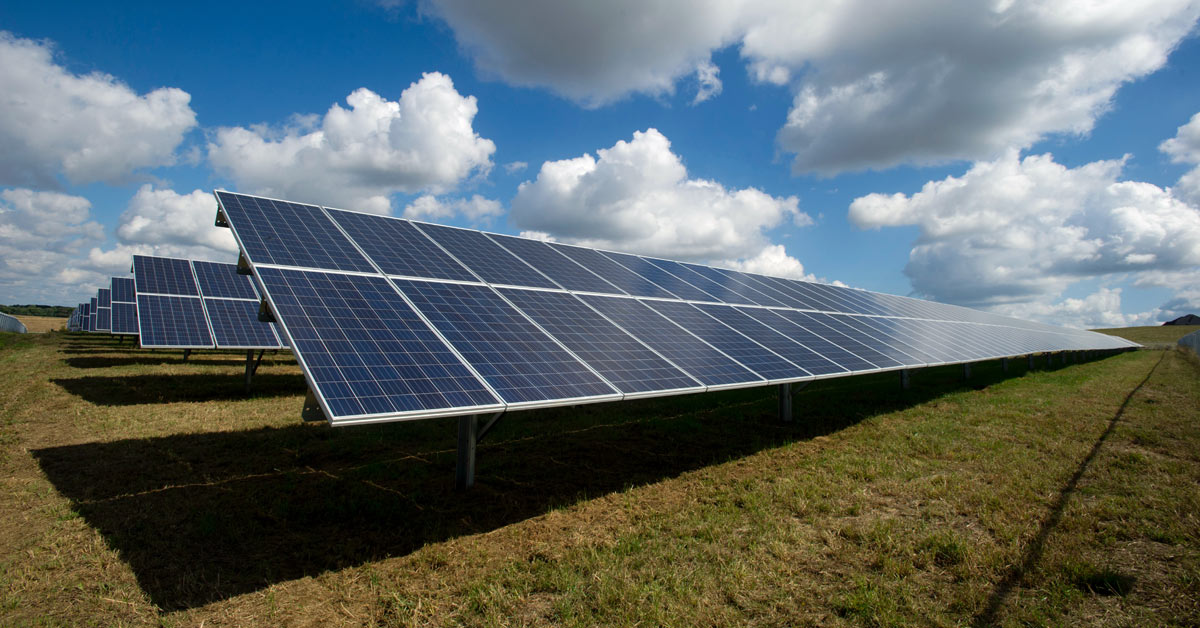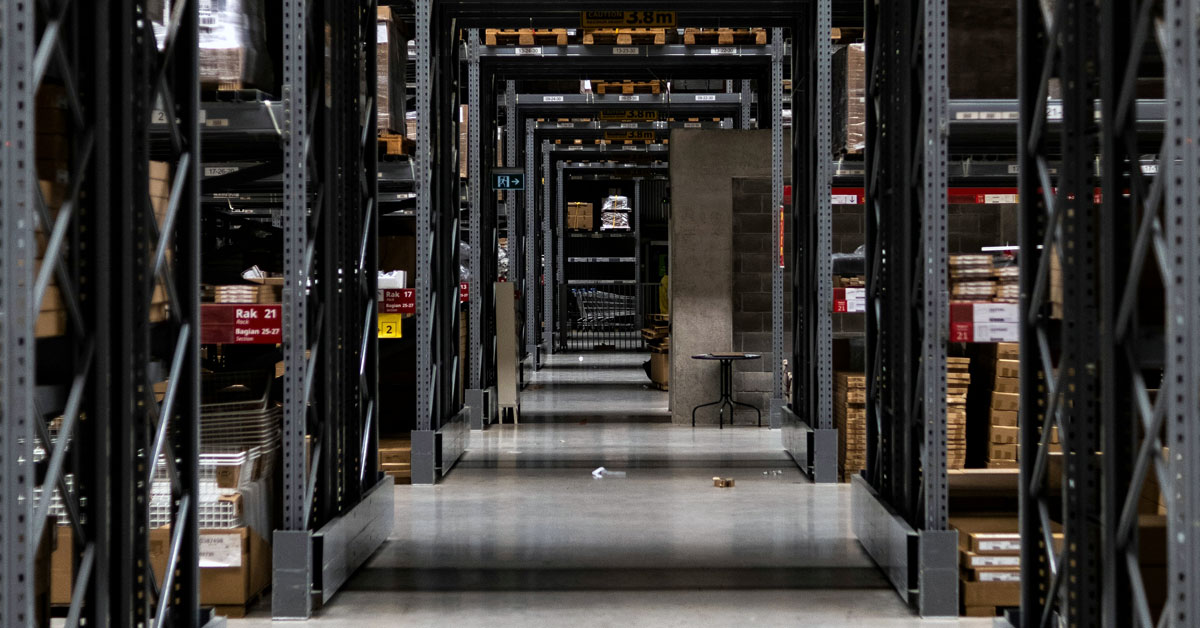How can hotels and restaurants effectively balance sustainability and cost-efficiency while implementing responsible waste management techniques in the face of growing environmental concerns?
In the world of hospitality, waste management is a critical consideration. Restaurants and hotels generate significant amounts of waste daily, from kitchen scraps to guestroom disposables.
The quest to identify efficient and sustainable solutions for managing this waste has become more than just a matter of environmental responsibility; it has evolved into a multifaceted challenge that touches upon not only our ecological commitment but also our economic viability. Addressing this issue not only safeguards our planet’s delicate ecosystems but also promotes fiscal prudence, as the costs associated with improper waste management can have far-reaching economic consequences.
In this article, we will explore several waste management techniques commonly employed by restaurants and hotels, shedding light on their pros and cons.
Composting
Composting is a widely recognized method for managing organic waste from kitchens and dining areas. It involves collecting food scraps, coffee grounds, and other organic materials and allowing them to decompose naturally into nutrient-rich compost. This compost can be used to enrich soil or donated to local gardens.
Pros:
- Converts organic waste into nutrient-rich compost.
- Reduces landfill waste and associated greenhouse gas emissions.
- Enhances soil quality and can be used for landscaping or gardening.
- Demonstrates commitment to sustainability, which can be a marketing point.
Cons:
- Requires space and appropriate conditions for composting.
- May attract pests if not managed properly.
- Can be limited in its capacity to handle large volumes of waste.
Food Waste Reduction Strategies
To reduce food waste in the first place, many restaurants and hotels employ strategies such as careful menu planning, portion control, and staff training. Reducing waste at the source is often more effective and sustainable than managing it after it’s generated.
Pros:
- Reduces waste at the source, minimizing disposal costs.
- Promotes efficient use of resources and ingredients.
- Aligns with sustainability goals and reduces environmental impact.
Cons:
- Requires staff training and ongoing monitoring.
- May involve menu changes or portion size adjustments, which can be challenging to implement.
Food Donation Programs
Rather than discarding surplus food, some establishments participate in food donation programs to provide excess but still edible food to local shelters, charities or food banks. This not only reduces waste but also helps those in need.
Pros:
- Helps combat food insecurity and supports local communities.
- Reduces food waste and disposal costs.
- Generates positive public relations and community goodwill.
Cons:
- Requires coordination with local charities or organizations.
- Food safety regulations must be adhered to.
- May not be feasible for all types of food waste.
Waste Separation and Recycling
Proper waste separation is crucial. Establishments should have systems in place to separate recyclables (e.g., glass, plastic, cardboard) from non-recyclable waste. Recycling reduces landfill waste and conserves resources.
Pros:
- Reduces landfill waste and conserves resources.
- Complies with recycling regulations and reduces disposal costs.
- Demonstrates environmental responsibility.
Cons:
- Requires careful sorting and education of staff.
- Limited impact on organic waste reduction.
Biodigestion
Some larger restaurants and hotels may utilize biodigesters to break down organic waste and convert it into biogas and nutrient-rich effluent. The biogas can be used for energy, and the effluent can be used as fertilizer.
Pros:
- Converts organic waste into biogas and nutrient-rich effluent.
- Can generate renewable energy.
- Reduces landfill waste and greenhouse gas emissions.
Cons:
- Requires significant infrastructure and investment.
- Maintenance and operational expertise are necessary.
- May not be suitable for smaller establishments.
Waste-to-Energy Conversion
In some cases, waste-to-energy technologies are used to incinerate non-recyclable waste and generate electricity or heat. While this can be efficient in terms of waste volume reduction, it may not be the most environmentally friendly option due to air pollution concerns.
Pros:
- Efficiently reduces waste volume.
- Generates energy or heat as a byproduct.
- May offset energy costs for the business.
Cons:
- Can emit air pollutants and contribute to carbon emissions.
- May not align with sustainability goals or local environmental regulations.
- High capital and operational costs.
Pig Farming
In certain regions and settings, restaurants and hotels might collaborate with pig farms to collect food waste, which is then used as pig feed. This not only reduces waste but also contributes to local agriculture.
Pros:
- Diverts food waste from landfills.
- Supports local agriculture and livestock.
- Can be a cost-effective solution in certain regions.
Cons:
- Limited to areas with suitable pig farming operations.
- May not be feasible for all types of food waste.
- Requires collaboration and logistics.
Waste Audits
Conducting regular waste audits can help businesses identify opportunities for waste reduction, recycling improvements, and cost savings.
Pros:
- Provides valuable data for waste reduction and optimization.
- Identifies cost-saving opportunities.
- Enhances waste management efficiency.
Cons:
- Requires resources and expertise to conduct audits.
- May reveal areas where improvements are needed, which can be challenging to address.
Waste Management Software
Some businesses use waste management software to track and optimize their waste generation and disposal processes. These tools can help identify areas where improvements can be made.
Pros:
- Streamlines waste tracking and reporting.
- Identifies trends and opportunities for improvement.
- Enhances data-driven decision-making.
Cons:
- Requires an initial investment in software and training.
- Relies on accurate data input and ongoing management.
Conclusion
The choice of waste management technique in the hospitality industry depends on factors like waste volume, resources, and sustainability goals. Many businesses adopt a combination of these methods to create a comprehensive waste management strategy.
By carefully considering the pros and cons of each approach, restaurants and hotels can reduce their environmental impact, cut costs, and demonstrate their commitment to responsible waste management. In doing so, they not only benefit their bottom line but also contribute to a more sustainable future.
For more information on food waste management, we recommend the following resources:
_________________________________________________
FoodPrint – How Restaurants are Tackling Food Waste
: https://foodprint.org/blog/restaurants-food-waste/
FoodNotify – Food Waste in Restaurants: Exploring the Facts: https://www.foodnotify.com/en/blog/food-waste-facts-restaurants
Simplot Foods – Restaurants Take On Food Waste
: https://simplotfoods.com/blog/restaurants-take-on-food-waste







